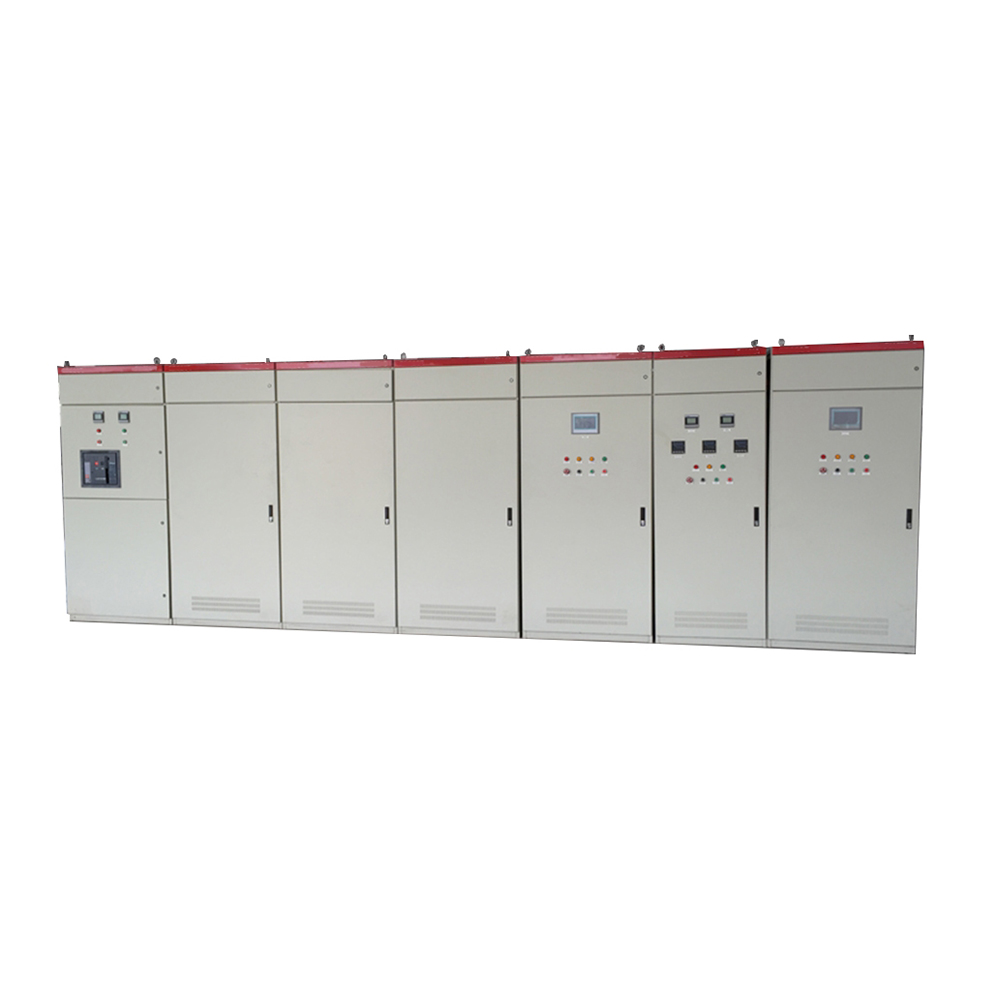Introduction to Industrial Electric Control Cabinets
Industrial electric control cabinets are essential components in modern industrial automation systems. They house electrical equipment, control devices, circuit breakers, relays, and programmable logic controllers (PLCs), providing centralized control and protection for machinery and production lines. These cabinets ensure reliable operation, safety, and organization of complex electrical systems in industries such as manufacturing, energy, chemical processing, and transportation. This article explores the key features, design considerations, applications, installation procedures, and maintenance practices of industrial electric control cabinets.
Key Components of Industrial Electric Control Cabinets
1. Circuit Breakers and Fuses
Circuit breakers and fuses provide critical protection by interrupting electrical flow in the event of an overload or short circuit. They safeguard equipment, prevent fire hazards, and reduce downtime. Industrial control cabinets often incorporate modular circuit breakers for flexibility and easy replacement.
2. Programmable Logic Controllers (PLCs)
PLCs are the brains of industrial automation systems, managing machinery operations, monitoring inputs, and controlling outputs. PLCs housed in control cabinets can be programmed to execute complex sequences, enhancing production efficiency and consistency. Proper cabinet design ensures adequate cooling and easy access for maintenance.
3. Relays, Contactors, and Terminal Blocks
Relays and contactors are used for switching circuits on and off, while terminal blocks provide organized connection points for wiring. These components ensure that power distribution and control signals are managed efficiently. Industrial cabinets are designed to allow easy labeling and structured wiring to prevent errors and simplify troubleshooting.
4. Power Supply Units and Drives
Power supply units convert incoming electrical power to the required voltage levels for devices in the cabinet, while variable frequency drives (VFDs) control motor speeds. Proper placement, ventilation, and grounding of these components are critical for reliable performance and heat dissipation.
Design Considerations for Industrial Electric Control Cabinets
1. Material and Enclosure Type
Control cabinets are typically made from sheet metal, stainless steel, or aluminum, offering durability and protection against dust, moisture, and mechanical impact. Enclosures are rated according to standards such as IP (Ingress Protection) or NEMA, indicating resistance to environmental factors. Selecting the right enclosure material and rating ensures safety and longevity.
2. Thermal Management
Heat generated by electrical components must be effectively managed to prevent overheating and equipment failure. Cabinets often include ventilation fans, air conditioning units, or heat exchangers to maintain optimal operating temperatures. Proper thermal design enhances reliability and reduces maintenance costs.
3. Layout and Wiring Organization
Efficient internal layout allows for easy access to components and organized wiring. Cable ducts, wire markers, and terminal blocks help maintain a structured arrangement, reducing the risk of accidental disconnections or short circuits. A well-planned layout also facilitates future upgrades and troubleshooting.
4. Safety Features
Safety considerations include proper grounding, circuit isolation, lockable doors, and emergency stop interfaces. Cabinets may also include protective relays to detect overloads, short circuits, or earth faults. Adhering to safety standards and regulations such as IEC, UL, or OSHA ensures compliance and protects personnel and equipment.
Applications of Industrial Electric Control Cabinets
1. Manufacturing Automation
Control cabinets are essential in automated production lines, coordinating machinery, conveyors, and robotic systems. They enable centralized control, reducing manual intervention and increasing production efficiency. PLCs, sensors, and actuators housed within cabinets ensure synchronized operation of complex processes.
2. Energy and Power Distribution
Electric control cabinets are used in power plants, substations, and renewable energy installations to manage distribution, monitor system performance, and protect equipment. High-voltage cabinets are designed with insulation, arc suppression, and surge protection to ensure safe operation.
3. Water Treatment and Environmental Systems
Industrial water treatment facilities use control cabinets to regulate pumps, valves, and chemical dosing systems. Cabinets provide reliable protection against moisture, chemical exposure, and environmental hazards, ensuring consistent operation of water treatment processes.
4. HVAC and Building Management
In large buildings and industrial complexes, control cabinets manage heating, ventilation, air conditioning, and lighting systems. They integrate sensors, controllers, and actuators to optimize energy use, maintain comfort, and provide fault monitoring.
Installation and Handling Guidelines
1. Site Preparation
Before installation, ensure the site is level, clean, and capable of supporting the cabinet’s weight. Proper clearance around the cabinet allows for ventilation, maintenance, and wiring access. Environmental conditions should be evaluated to select appropriate enclosure ratings.
2. Electrical Connections
All wiring should comply with electrical codes and standards. Use labeled cables, proper wire gauges, and secure terminations to ensure safe operation. Verify grounding and bonding connections to prevent electrical hazards and maintain system integrity.
3. Component Testing and Commissioning
After installation, conduct thorough testing of all components, including circuit breakers, PLCs, relays, and sensors. Confirm that the system operates as intended, and document test results. Commissioning ensures that the control cabinet delivers reliable and safe operation from the start.
Maintenance and Longevity
1. Regular Inspections
Inspect cabinets periodically for loose connections, dust accumulation, corrosion, or overheating components. Early detection of issues prevents unexpected failures and prolongs cabinet life.
2. Cleaning and Environmental Control
Clean internal and external surfaces regularly to remove dust and debris. Maintain proper temperature and humidity control to prevent condensation, corrosion, and electrical shorts.
3. Component Replacement and Upgrades
Replace worn or obsolete components promptly to maintain performance. Upgrade PLCs, drives, and monitoring devices as technology evolves to improve efficiency and reliability.
Conclusion
Industrial electric control cabinets are central to modern automation, safety, and operational efficiency. Understanding their components, design principles, applications, installation procedures, and maintenance practices ensures reliable performance and longevity. Properly designed and maintained control cabinets protect personnel, optimize industrial processes, and support the demands of modern industrial environments.


 English
English русский
русский Français
Français Español
Español عربى
عربى
